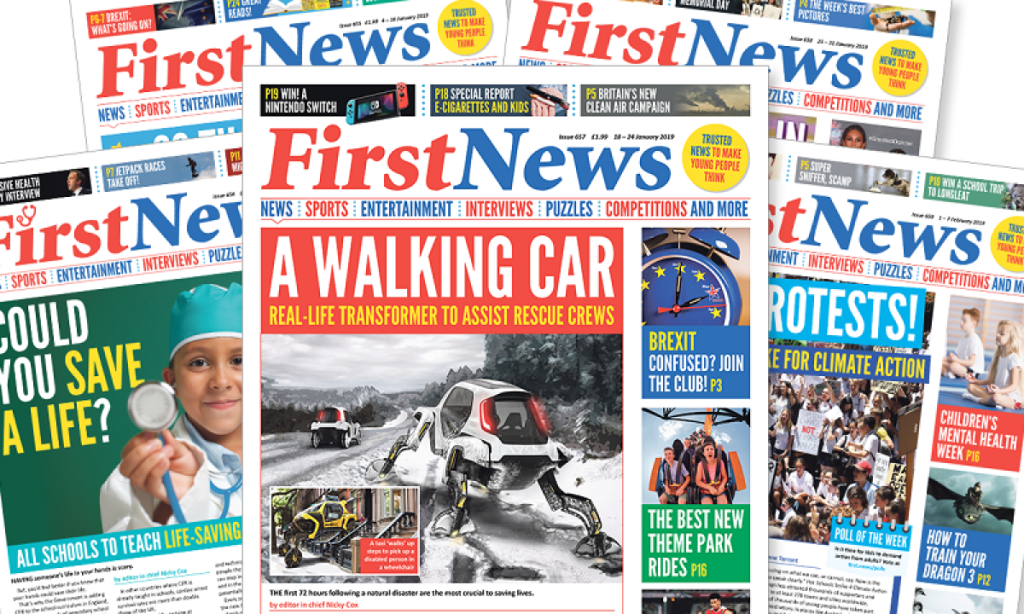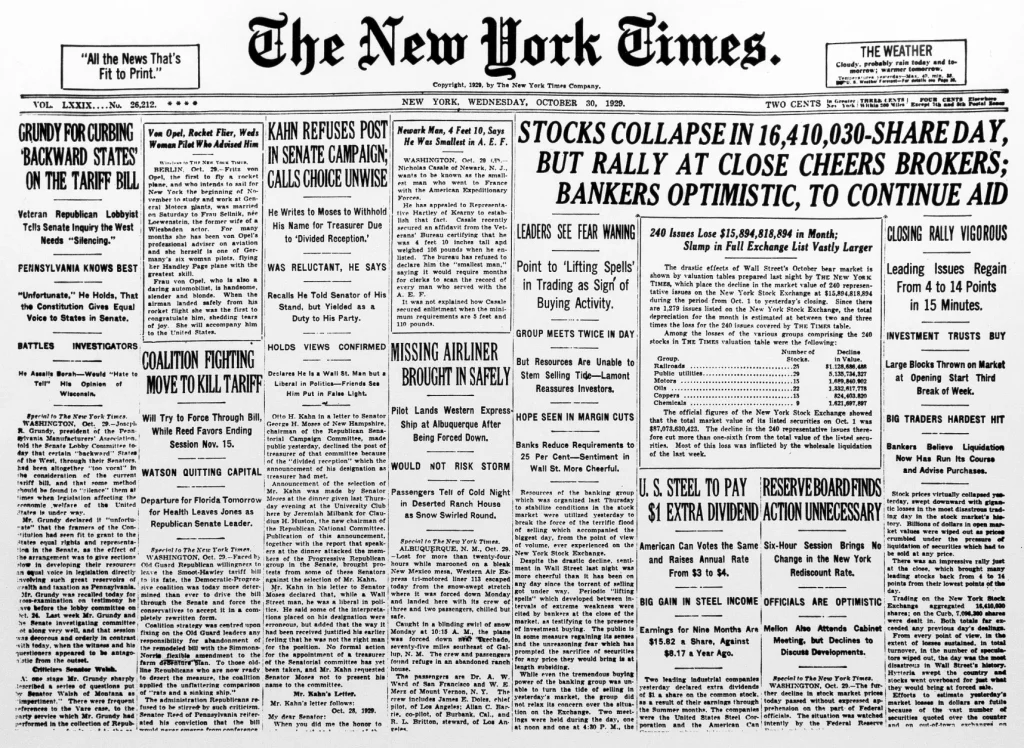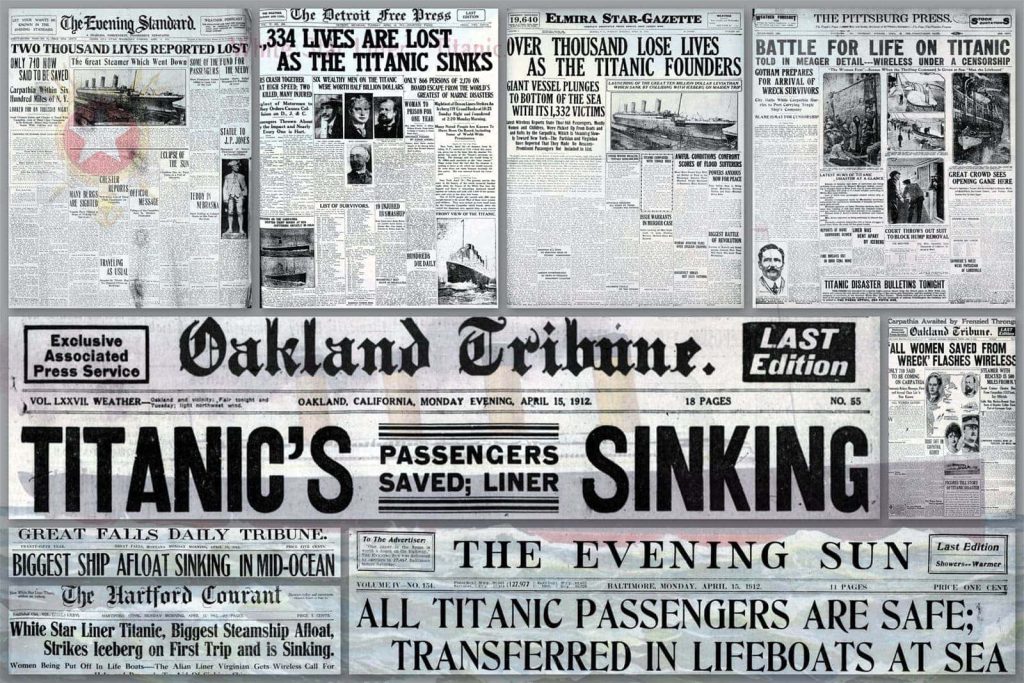Introduction
The front page of a newspaper has always been a focal point of information dissemination, acting as a visual summary of the day’s most significant news. As society has evolved, so too have the designs and content of newspaper front pages, reflecting changes in culture, technology, and journalism. This blog post explores the history, significance, and current trends of newspaper front pages, shedding light on how they serve as both a source of information and a reflection of societal values.

A Brief History Of Newspaper Front Pages
The concept of the newspaper front page can be traced back to the early days of printing. The first known printed newspaper, “Relation aller Fürnemmen und gedenckwürdigen Historien,” was published in Germany in 1605. This early newspaper laid the groundwork for the format we recognize today. As newspapers gained popularity in the 18th and 19th centuries, front pages began to evolve, featuring headlines, illustrations, and a more organized layout to capture readers’ attention. The introduction of the telegraph further revolutionized reporting, allowing news to travel faster and shaping the urgency and importance of the stories highlighted on front pages.
During this time, the front page often reflected the political climate and societal issues of the day. For instance, during the American Revolution, newspapers played a crucial role in shaping public opinion, with front pages often featuring bold headlines advocating for independence. The front page became a platform for voicing dissent and rallying support, establishing its importance in the realm of political discourse.
The Role Of Headlines And Imagery
Headlines are arguably the most critical component of a newspaper’s front page. They are designed to grab readers’ attention and summarize the essence of the story. The art of crafting an effective headline has been studied extensively, as it can significantly influence whether a reader chooses to engage with an article. In many cases, a well-crafted headline can evoke emotion, intrigue, or urgency, compelling the reader to delve deeper into the story.
Images on the front page also play a pivotal role in attracting readers. Photographs can evoke powerful emotions and provide context to the stories being reported. Iconic images, such as the falling of the Berlin Wall or the aftermath of natural disasters, have often graced the front pages of newspapers, leaving lasting impressions on readers and shaping collective memories. The visual element of the front page serves not only to inform but also to create a narrative that resonates with the audience.
The Shift To Digital And Its Impact
The rise of the internet has significantly altered the landscape of journalism and the way news is consumed. As more people turn to online platforms for their news, traditional newspapers have had to adapt to changing consumer habits. Digital news outlets have emerged, offering instant updates and a 24/7 news cycle that often challenges the traditional front page format. This shift has prompted newspapers to reconsider their approach to front-page design and content.
Despite the challenges posed by digital media, many traditional newspapers have embraced the internet as an opportunity to reach a broader audience. Online front pages now feature interactive elements, multimedia content, and social media integration, allowing readers to engage with stories in ways that were previously unimaginable. However, the fundamental purpose of the front page remains unchanged: to inform and engage the public.
Front Pages As Historical Documents
Newspaper front pages serve as historical documents that encapsulate the zeitgeist of a particular time and place. They provide a snapshot of major events, societal concerns, and cultural shifts, making them invaluable for historians and researchers. Analyzing front pages from different eras can reveal how public perception has evolved regarding significant issues, such as civil rights, war, and technological advancements.
The front page of The New York Times on September 12, 2001, captured the nation’s shock and grief in the aftermath of the September 11 attacks. The stark headlines and poignant images served as a testament to the emotional impact of that day. Such front pages become not only a record of events but also a reflection of the collective consciousness and societal mood.
The Art Of Design And Layout
The design and layout of newspaper front pages have evolved dramatically over the years. In the past, front pages were often cluttered with text and images, making them difficult to navigate. However, modern design principles emphasize clarity, hierarchy, and visual appeal. The use of white space, bold typography, and strategic placement of images allows readers to digest information more easily.
The introduction of color printing has also transformed front-page design. Vibrant colors can enhance the visual impact of headlines and images, drawing readers’ eyes to the most important stories. As newspapers compete for attention in a crowded media landscape, effective design has become increasingly crucial in capturing readers’ interest.

Cultural Reflections And Societal Values
Newspaper front pages are not merely collections of headlines; they also reflect cultural values and societal norms. The choice of stories featured on the front page often reveals what the media considers important at any given time. For example, during periods of social upheaval, issues such as civil rights and social justice may dominate front-page coverage. Conversely, during times of political stability, entertainment and celebrity news may take precedence.
Front pages can perpetuate stereotypes or challenge societal norms. The framing of stories—how they are presented and the language used—can shape public perception and influence cultural discourse. For instance, the representation of marginalized communities on the front pages can either reinforce negative stereotypes or highlight the struggles and achievements of these groups.
The Future Of Newspaper Front Pages
As we look to the future, the role of newspaper front pages will continue to evolve. The rise of social media has already changed how news is consumed, with many readers relying on platforms like Twitter and Facebook for their daily updates. Newspapers will need to adapt their front pages to remain relevant in an increasingly digital world.
Innovations in technology, such as augmented reality and interactive storytelling, may also shape the future of front pages. Imagine a front page that comes to life through your smartphone, allowing you to explore stories in a dynamic and immersive way. As journalism continues to evolve, front pages will undoubtedly adapt to meet the changing needs and preferences of readers.
The Impact Of 24-Hour News Cycles On Front Page Content
The emergence of 24-hour news cycles has drastically influenced the content that appears on newspaper front pages. In the past, newspapers primarily published daily editions, and the front page reflected the most pressing stories of the preceding 24 hours. However, with the rise of cable news and online journalism, the expectation for immediate news coverage has increased significantly. This shift has led to a sense of urgency in how stories are reported and showcased on front pages.
Front pages now often prioritize breaking news and trending topics, which can lead to a more reactive approach to journalism. This shift has significant implications for how stories are selected and presented. Editors may feel pressured to highlight sensational or eye-catching news to compete with the rapid news cycle, sometimes at the expense of in-depth reporting on complex issues. This phenomenon can diminish the focus on investigative journalism, which often requires time and resources to uncover the truth behind stories.
The constant stream of news has created “news fatigue” among readers. With so much information available at their fingertips, many consumers may feel overwhelmed by the sheer volume of content. This situation challenges newspapers to find innovative ways to engage their audiences while maintaining journalistic integrity. Front pages must not only inform but also entice readers to delve deeper into the stories presented.
The Influence Of Social Media On Newspaper Front Pages
Social media has transformed the way news is disseminated and consumed, impacting newspaper front pages in several ways. With platforms like Twitter, Facebook, and Instagram becoming primary news sources for many individuals, traditional newspapers face the challenge of staying relevant. As readers increasingly turn to social media for real-time updates, newspapers must adapt their front pages to attract and retain audiences.
One significant effect of social media on front pages is the emphasis on shareable content. Newspapers now often design their front pages with an eye toward creating visually appealing stories that can easily be shared across social platforms. This trend has led to the incorporation of engaging graphics, infographics, and attention-grabbing headlines that encourage readers to share articles with their networks. The goal is to create a compelling first impression that resonates with audiences familiar with the fast-paced nature of social media.
Social media trends can influence which stories make it to the front page. Stories that gain traction on social platforms often find their way into traditional media coverage, as newspapers recognize the importance of aligning their content with public interest. This phenomenon raises questions about editorial independence and the potential for sensationalism as newspapers prioritize stories that are trending online.
The Role Of Local News In Shaping Front Pages
While national and international news often dominate front pages, local news plays a crucial role in shaping the content and relevance of newspapers. Local stories provide readers with a sense of community and connection, making them essential for fostering engagement with the publication. Many readers rely on their local newspapers to stay informed about events, issues, and developments in their neighborhoods.
In recent years, local news has faced significant challenges. The rise of digital media has led to a decline in local newspaper readership and advertising revenue, resulting in newsroom cutbacks and closures. This trend has raised concerns about the future of local journalism and its impact on front-page content. Without robust local coverage, front pages may become less reflective of the unique issues facing communities, leading to a more homogenized news landscape.
To address these challenges, some newspapers are emphasizing local reporting on their front pages to maintain readership and foster community connections. By highlighting stories that matter to local audiences, newspapers can differentiate themselves from national and international news outlets. This approach not only enriches the content of front pages but also strengthens the bond between newspapers and their communities.

Conclusion
Newspaper front pages are more than just a collection of headlines; they are a reflection of society’s values, concerns, and aspirations. From their historical significance to their role in shaping public discourse, front pages serve as a vital link between journalism and the community. As we navigate the complexities of the modern media landscape, the importance of newspaper front pages remains steadfast. They continue to inform, engage, and provoke thought, ensuring that the stories of our time are captured for future generations. Whether in print or digital format, the legacy of newspaper front pages will endure, providing insight into the ever-changing narrative of human experience.

